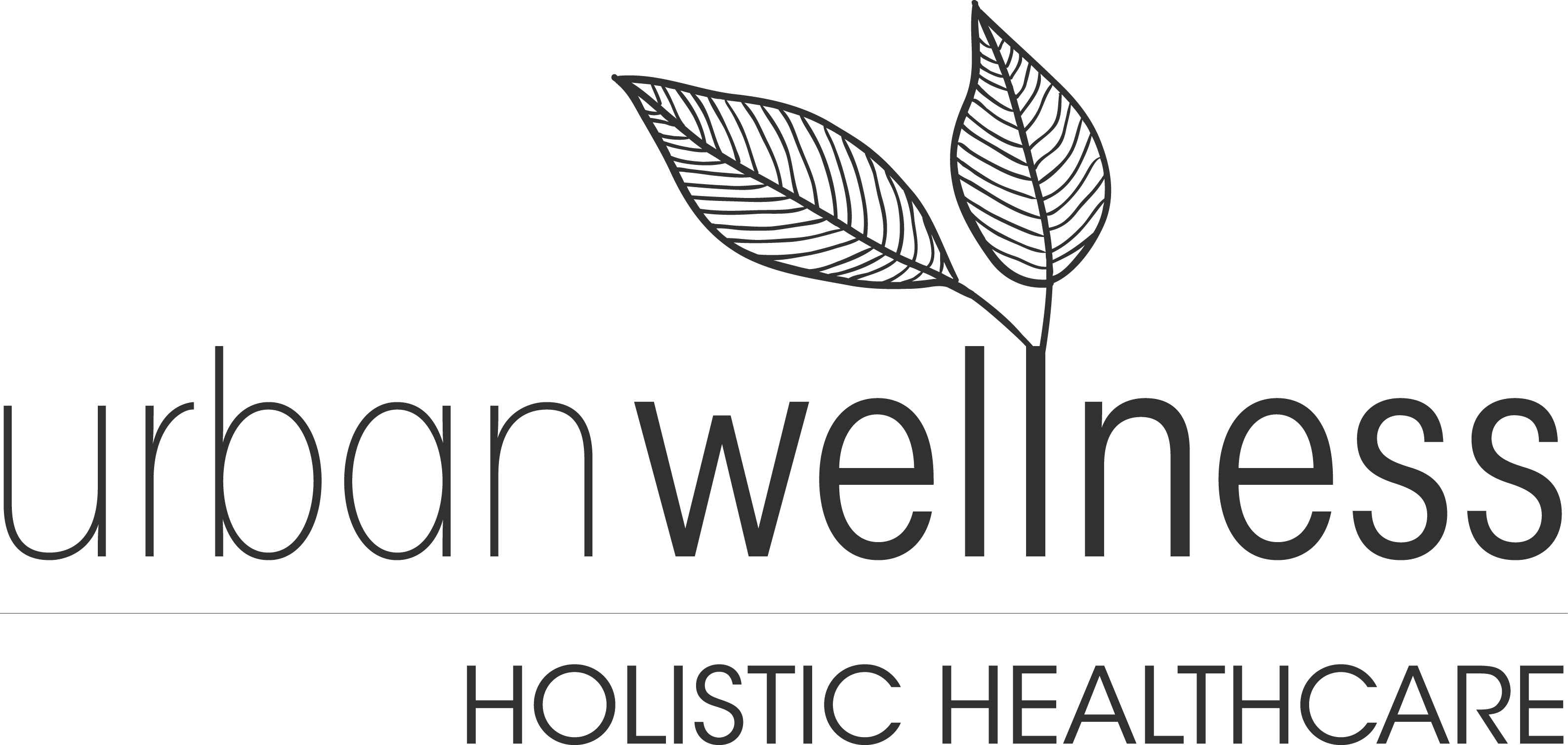Recovering Post-Cesarean Delivery: A Guide for the First 8 Weeks
Recovering from a cesarean delivery (C-section) requires patience, self-care, and gradual progression. Created by pelvic floor physiotherapist Maja Degen, this guide is intended for someone who’s just had a cesarean delivery to help them get through the early phases of the post-partum period. By following this 8-week recovery plan and listening to your body’s cues, you can support your physical and emotional well-being as you adjust to life with your new baby.
Immediate Post-Op Recovery – The First Two Weeks
Pain Management:
- Follow your healthcare provider’s recommendations for pain relief medication.
- Use prescribed pain medication as directed and incorporate non-medical pain relief methods such as ice packs and compression as needed.
- Try not to rest in positions that overly extend the abdominals (flat on the back)
Rest and Gentle Movement:
- Prioritize rest and avoid strenuous activities.
- Avoid lifting baby from crib/with extended hands. Ideally, someone hands you the baby/removes the baby from you without you having to pass the baby with extended arms.
- Avoid stairs as able.
- Focus on breathing movements
- Avoid any rotation of the ribs on the pelvis
Wound Care:
- Keep the incision site clean and dry.
- Follow your healthcare provider’s instructions for wound care, including how to shower and change dressings.
- Report any signs of infection, such as redness, swelling, or discharge, to your healthcare provider.
Splinting/compression:
- Use splinting with any movements/coughing when needed. You may also need to splint with urination and bowel movements
- Compression is recommended at this time.
- HOW TO SPLINT: Use a rolled towel or small pillow and place lengthwise along the scar. Using flat hands apply firm pressure across the towel, stabilizing the incision. Keeping firm pressure cough or move as needed.
Bowel movements:
- Ensure you are elevating your feet when having a bowel movement
- DO NOT STRAIN, practice exhaling instead
- Consider moving/walking before a bowel movement
- Discuss with your healthcare provider stool softeners
- Drink lots of water
- Monitor your diet
Weeks 3-4: Gradual Increase in Activity
Slowly Resume Activities:
- Begin to increase your activity level while continuing to prioritize recovery
- Start with short walks outdoors. Avoid lifting heavy objects or engaging in strenuous exercise.
Pelvic Floor and Core Exercises:
- Start gentle pelvic floor exercises, such as pelvic floor contractions and diaphragmatic breathing, to promote muscle strength and support recovery. Focus on proper technique and avoid overexertion.
- A common error is engaging the UPPER abdominals and pushing “down” on the pelvic floor. Ensure you are pulling UPWARDS.
- Video discussing proper core breathing and engagement: VIDEO
Supportive Clothing:
- Consider wearing supportive clothing, such as an abdominal binder, a postpartum support belt, or compressive leggings/shorts to support your abdominal muscles and incision site.
Sensation training:
- Begin gently touching the tissue above the scar (not on it) to help reduce numbness in the abdominal area.
Weeks 5-6: Building Strength and Endurance
Low-Impact Exercises:
- Incorporate low-impact exercises such as stationary cycling, elliptical, or brisker walking once discussed with a healthcare provider such as your pelvic floor physiotherapist.
- These activities help improve circulation, strengthen muscles, and promote overall rehabilitation.
Core Engagement:
- Begin gentle core strengthening exercises to rebuild abdominal strength.
- Focus on exercises that engage the transverse abdominis and oblique muscles, such as pelvic tilts, abdominal breathing, and heel slides.
- Consult a pelvic floor physiotherapist regarding what is appropriate for you at this stage, many people have different needs at this time.
Consultation with Healthcare Provider:
- Schedule a follow-up appointment with your healthcare provider to assess your recovery progress and address any concerns or questions you may have.
- Discuss your readiness to gradually increase activity levels and return to work or other daily responsibilities.
Weeks 7-8: Continued Progression and Support
Gradual Return to Exercise:
- Continue to gradually increase the intensity and duration of your workouts, incorporating a variety of exercises to challenge different muscle groups.
- Listen to your body and modify exercises as needed to avoid discomfort or strain.
Pelvic Floor Rehabilitation:
- Consider consulting with a pelvic floor physiotherapist to address any pelvic floor issues or concerns. They can provide personalized exercises, manual therapy, and education to support pelvic floor health and function.
- Focus on both the lengthening and strengthening of the pelvic floor in this phase
- You can book with our therapist HERE
Scar rehabilitation
- Begin scar massage, progress scar desensitization strategies, and begin scar mobility exercises as prescribed by your pelvic floor physiotherapist.
- Scar massage should ramp up over the next several weeks.
- Consider using silicone gel sheets to help improve the scar healing
Assess abdominals for a diastasis recti:
- Have your pelvic floor physiotherapist assess your abdominal wall for laxity or separation in the connective tissue that divides your six-pack muscles (rectus abdominis)
- Learn appropriate considerations to manage diastasis through your recovery with your pelvic floor physiotherapist
If you have any questions or concerns about your recovery, don’t hesitate to reach out to us at Urban Wellness. Visit the Urban Wellness Website to learn more or schedule an appointment directly.
Wishing you a smooth and successful recovery journey!
Book Your Appointment Today!
As a pelvic floor physiotherapist in Little Italy, Toronto, Maja Degen offers specialized treatments and exercises tailored to each individual. If you’re in the College and Bathurst area of Toronto and need professional guidance, don’t hesitate to reach out. Book an appointment today and let’s work together towards your goals!

